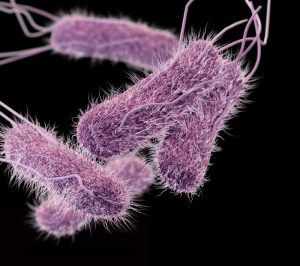By NewsDesk @infectiousdiseasenews
According to the World Health Organization (WHO), 716,494 suspected cases of typhoid fever, including 198 deaths, were recorded in selected health zones of the Democratic Republic of Congo. Of the 204 tests performed (191 blood cultures and 13 fecal cultures), 1 test was positive.

In 2020, a total of 715,920 suspected cases of typhoid fever were reported, including 178 deaths.
Typhoid fever, caused by the bacterium Salmonella typhi, is a life-threatening bacterial infection. Typhoid fever is still common in the developing world, where it affects about 21 million people annually.
Salmonella typhi lives only in humans. Persons with typhoid fever carry the bacteria in their bloodstream and intestinal tract. In addition, a small number of persons, called carriers, recover from typhoid fever but continue to carry the bacteria. Both ill persons and carriers shed S.typhi in their feces.
You can get typhoid fever if you eat food or drink beverages that have been handled by a person who is shedding S. typhi or if sewage contaminated with S. typhi bacteria gets into the water you use for drinking or washing food. Therefore, typhoid fever is more common in areas of the world where handwashing is less frequent and water is likely to be contaminated with sewage.
Plague in DRC: 1st cases reported in Fataki health zone in a decade
Typhoid vaccine campaign in Zimbabwe
Democratic Republic of the Congo now reports COVID-19 cases in all 26 provinces
Africa: Increase in visceral leishmaniasis cases reported in Chad
Madagascar reports more than one hundred total Rift Valley Fever cases

